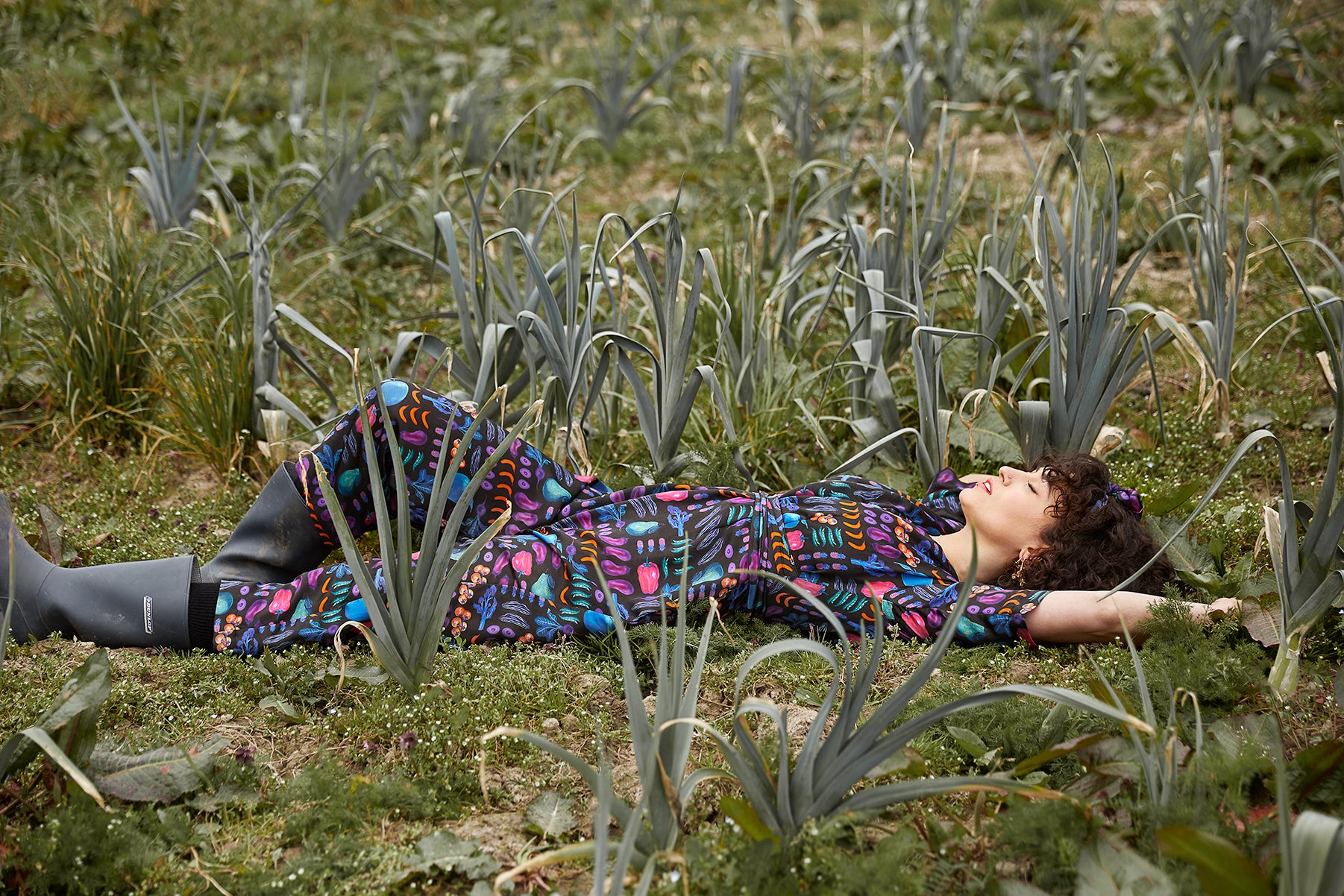The Water Footprint Issue.

Every object or action we take has a carbon footprint, something that we all have a basic understanding of. If we turn on the light, leave the telly on or crank up the heating, however big or small these daily choices we make, we know that they have an environmental impact. But do we really understand our water footprint?
The amount of water needed to create the products we use in everyday lives is what makes up our individual water footprint. It would make sense to assume that the majority of our water consumption comes from our own domestic consumption which is either visible or invisible. Visible examples would be the water we drink, use for cooking or require for washing, which on average per person comes to 137 litres of water daily. Examples of the invisible water we consume would be the water used for the production of the industrial products we consume and put to use in our everyday lives, such as paper, cotton and clothes which totals 167 litres daily.
Scarily, that already sounds like a lot, but this is nothing in comparison to the water required to produce our food. The average person eats 3,496 litres of water every DAY. This is 92% of our water footprint, hidden in our food.
Water is needed at various different stages in the production of our food. For meat eaters an example would be the industrial beef production system, broken down so you can see exactly how much water is required at every stage. On average it takes 3 years for a cow to be raised before it is slaughtered to produce about 200 kilos of boneless beef. During those 3 years a single cow will consume 1300kg of grains and 7200kg of roughages. The water needed to grow this food source for the cow over this period of time is 3060000 litres. Taking into account the 24000 litres of water the cow will drink over its lifetime, and not forgetting the additional 7000 litres needed to service the farmhouse and for the different slaughtering processes; in total we need 3091000 litres of water in total to produce the 200 kilos of beef. This means to produce 1kg of beef, or 3 12oz steaks, we need 15,400 litres of water.
And it’s not just beef that requires these vast amounts of water to be produced. The list below shows the total litres needed to produce 1kg of each produce:
- Beef: 15400
- Sheep: 10400
- Pork: 6000
- Goat: 5500
- Chicken: 4300
- Cheese: 3180
- Rice: 2500
- Soya beans: 2145
- Wheat: 1830
- Sugar: 1780
- Barley: 1425
- Maize: 1220
- Apple: 822
So, if all food produce has an invisible water footprint, what can you realistically do to help? The amount of meat in our diet is crucial! As you can see on the list, it’s the meat products that require significantly more water. The average daily water consumption of a meat eater is 5000 litres per day, a figure which is halved for vegetarians. Every little bit helps so even if you’re not quite ready to cut meat out of your diet entirely, try having one meat free day a week, or even just be more conscious about the meat you’re choosing to eat. Cheap, mass produced meat comes from animals which have been fed on grain or corn which requires higher water usage. Shopping organically, from local sources which have been grass fed instead can reduce this, since the land often cannot be used for highly effective crop production, it is a more sensible use of water resources.
In advanced economies we are throwing away 30% of the food we purchase, and with it, all the water resources that were necessary to produce it. Not only do we need to think more consciously about the food we are buying, but also evaluate our shopping lists and making sure that we aren’t over buying in the moment for it to go to waste later on.
All of these changes may seem daunting but trying to introduce them into your lifestyle one at a time can truly go a long way. Why not start with something smaller and a treat for yourself too? The Garments from our water footprint range showcase this invisible consumption through silhouettes within the print. The larger the silhouette, the more water involved in making it. By purchasing one of these pieces, you’ve donated back to SeedsShare, a non-profit we work closely with. With your donations they will be able to help people grow food which is organic and in-season, an important step in working to reduce our combined water footprint. Not only will you be giving to charity, but you will also be able to wear you values and take the extra step in helping the cause – starting a conversation. Word of mouth is powerful, so next time someone compliments you on what you’re wearing, tell them all about the cause and help others to make more conscious decisions on what they are buying and consuming.
Thanks so much for being a pioneer and spreading the word!
Big love,
Gung Ho x


